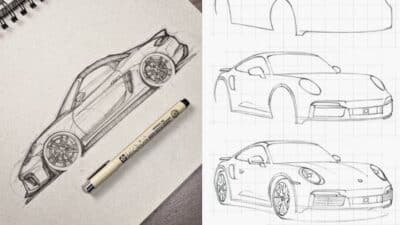Drawing aesthetic is about creating art that appeals to your sense of beauty and emotion through simple, thoughtful visuals. It involves capturing a mood or feeling using clean lines, balanced compositions, and often minimalist elements. Understanding aesthetic drawing means you focus on visual harmony and emotional resonance rather than complex detail.
You can make aesthetic drawings from everyday subjects like plants, animals, or celestial bodies, using soft shapes and gentle shading. These drawings tend to feel calming and pleasing, making them accessible whether you are a beginner or experienced artist. Exploring this style allows you to develop your own creative voice while creating visually appealing art.
By experimenting with different motifs and keeping your approach simple but intentional, you’ll find aesthetic drawing both enjoyable and meaningful. It’s a way to express yourself with clarity and subtle beauty in your sketches and artworks.
Key Takeways
- Aesthetic drawing emphasizes simplicity and emotional impact.
- Everyday subjects can inspire visually pleasing compositions.
- Focusing on balance and subtlety enhances creative expression.
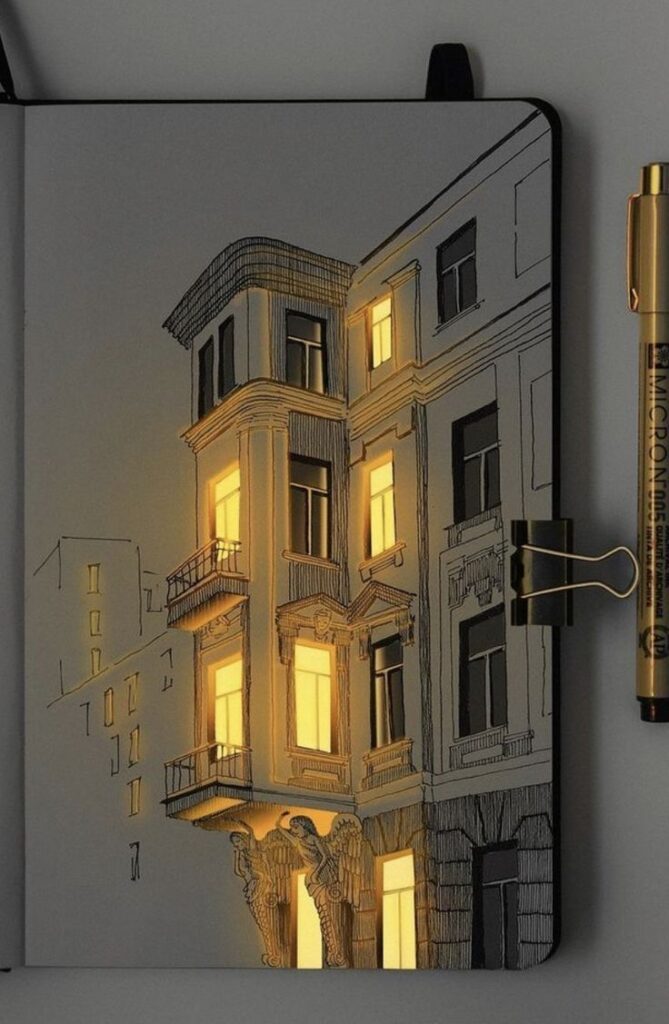
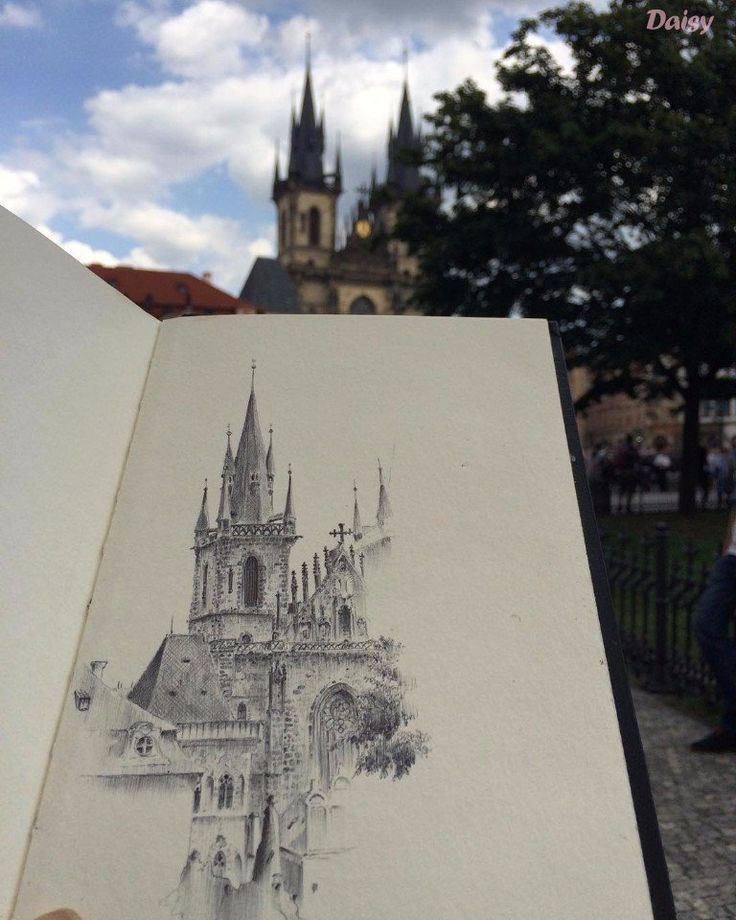
Understanding Aesthetic Drawing
Aesthetic drawing centers on creating visually pleasing works that evoke a specific mood or feeling. You focus on elements like balance, simplicity, and harmony. Different styles and techniques allow you to express beauty through lines, shapes, and compositions.
What Makes a Drawing Aesthetic
An aesthetic drawing captures beauty and visual appeal through intentional choices in design. You achieve this by emphasizing simplicity, balance, and cohesion. Minimalism often plays a big role, using clean lines and uncluttered spaces.
Your drawing should also evoke an emotion or atmosphere, whether calm, nostalgic, or contemplative. Aesthetic art often avoids excessive detail to maintain focus and clarity. This approach makes sketches and illustrations resonate visually and emotionally, even with few elements.
Fundamental Elements of Aesthetic Art
Key elements in aesthetic drawing include:
- Line Quality: Clean, deliberate lines create structure and mood.
- Shape and Form: Basic shapes build composition, often geometric or organic.
- Color Palette: Muted or limited colors maintain visual harmony.
- Negative Space: Balanced empty space enhances focus and simplicity.
- Texture and Pattern: Subtle textures enrich without overwhelming.
These fundamentals help you maintain clarity and visual flow. By gradually adding layers or details, your work becomes more engaging without losing its aesthetic appeal.
Popular Styles in Aesthetic Drawings
You’ll find various styles under the aesthetic umbrella:
- Minimalist Sketches: Simple shapes, limited lines, and sparse detail.
- Line Art: Focus on elegant outlines without heavy shading.
- Abstract Art: Uses shapes and colors to communicate mood more than form.
- Contemplative Illustrations: Expressive works that evoke thought or feeling.
Each style allows you to explore beauty differently. Choosing your style depends on the emotion or message you want your drawing to convey. The key is maintaining visual appeal while expressing your unique vision.
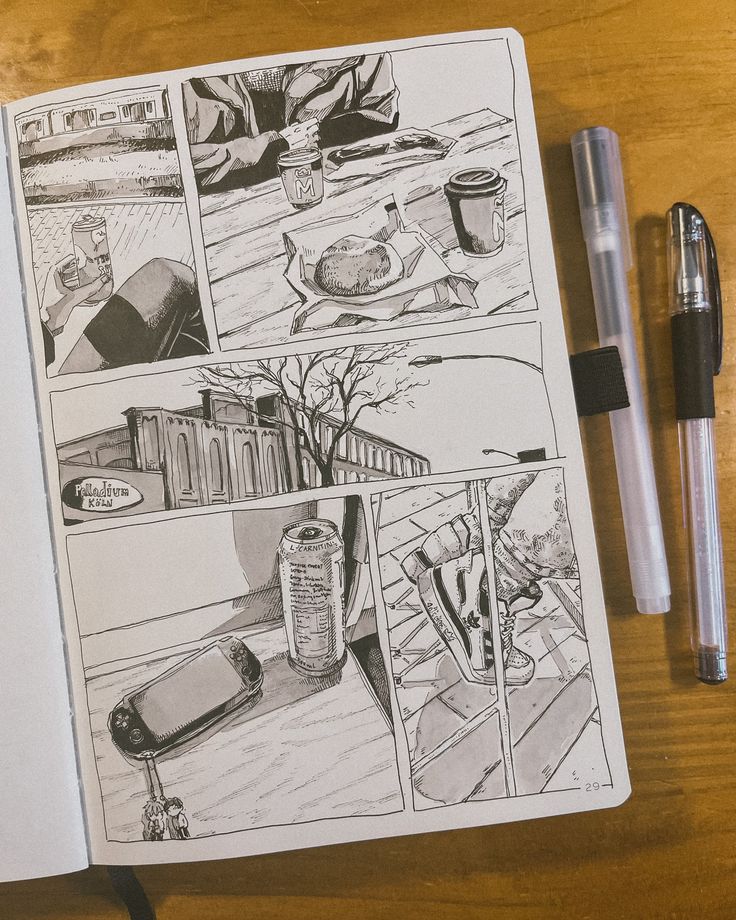
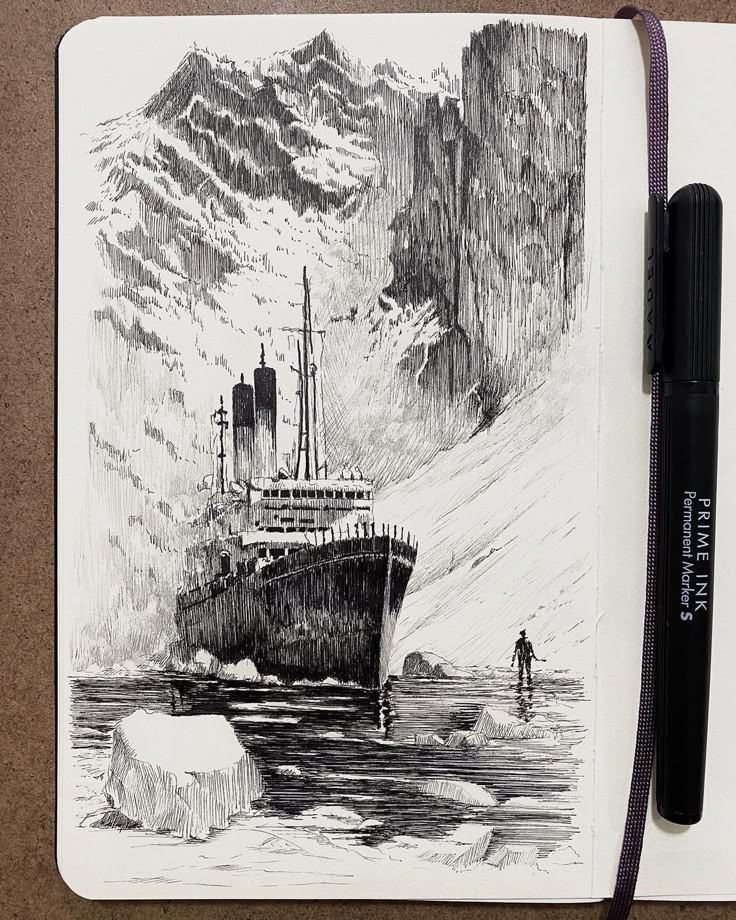
Drawing Techniques for Aesthetic Results
To create drawings with a clear aesthetic appeal, focus on selecting the right tools, mastering step-by-step techniques, and applying texture and color thoughtfully. Developing unique sketches relies on intentional practice and exploring different approaches to form and detail.
Essential Drawing Tools and Materials
Start with basic tools that offer versatility and control. A sketchbook with smooth, medium-weight paper works well for most aesthetic sketches. Mechanical pencils or graphite sets (ranging from 2H to 6B) help vary line darkness and softness.
Include erasers such as kneaded and precision tip types for clean corrections. Fine liners add crisp detail, and blending stumps allow smooth shading transitions.
To experiment with color, try colored pencils or watercolor sets. These mediums often complement your base sketches and enhance the overall mood.
Keep your tools organized so switching between them during your drawing process feels natural and efficient.
Step-by-Step Techniques
Begin with light, loose outlines to capture the general shape without pressure. This helps correct proportions easily before adding detail.
Build up layers gradually: start with simple shapes, then refine contours and add contrast. Use cross-hatching or soft shading to create depth.
Work consistently across your sketch rather than focusing only on one area. This prevents imbalance and maintains harmony in the drawing.
Regularly refer to your sketchbook to track progress and experiment with new ideas. Consistent small drawings, like cute doodles or easy drawings, strengthen your technique.
Tips for Creating Unique Aesthetic Sketches
Personalize your drawings by incorporating distinct elements like stylized facial features or expressive eyes. Avoid overworking your lines; embrace imperfections as part of the aesthetic.
Use references but interpret them in your style. Simplify complex forms without losing clarity to maintain a clean look.
Focus on composition and balance. Place key elements thoughtfully to guide the viewer’s eye and create pleasing arrangements.
Try themes or motifs that resonate with you, such as fantasy gardens or minimalistic patterns, to add emotional depth.
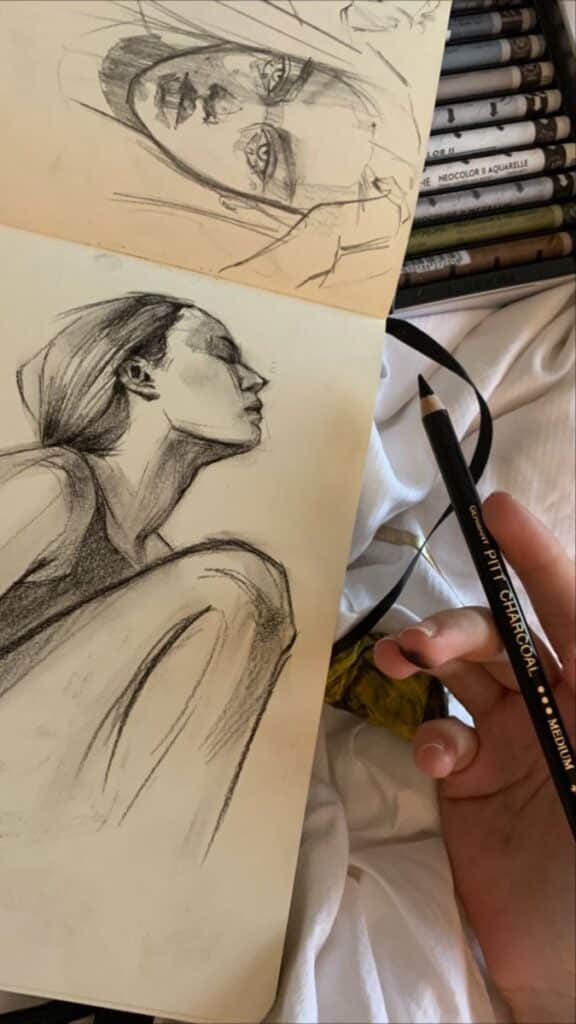
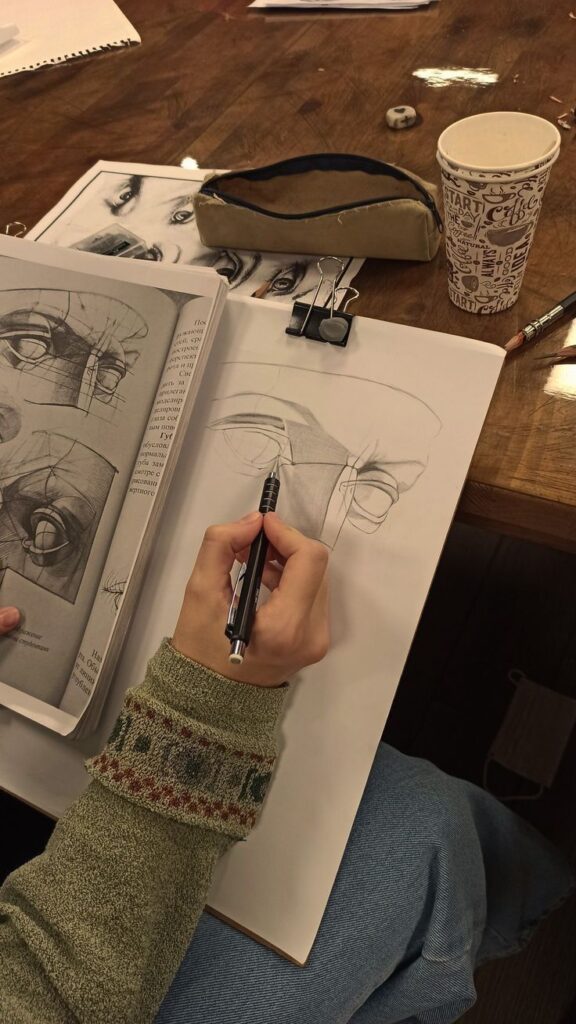
Experimenting With Texture and Color
Texture adds visual interest and realism to your sketches. Use varied pencil strokes—stippling, hatching, or scribbling—to suggest different surfaces like fur, fabric, or foliage.
Incorporate color sparingly to enhance focal points rather than saturate the entire piece. Gentle washes or a limited palette maintain a cohesive aesthetic.
Mix dry and wet media for contrasting effects; for example, combine graphite with watercolor to merge crisp lines and fluid tones.
Observe how light interacts with objects to create subtle shadows and highlights, enhancing the dimensionality of your work.
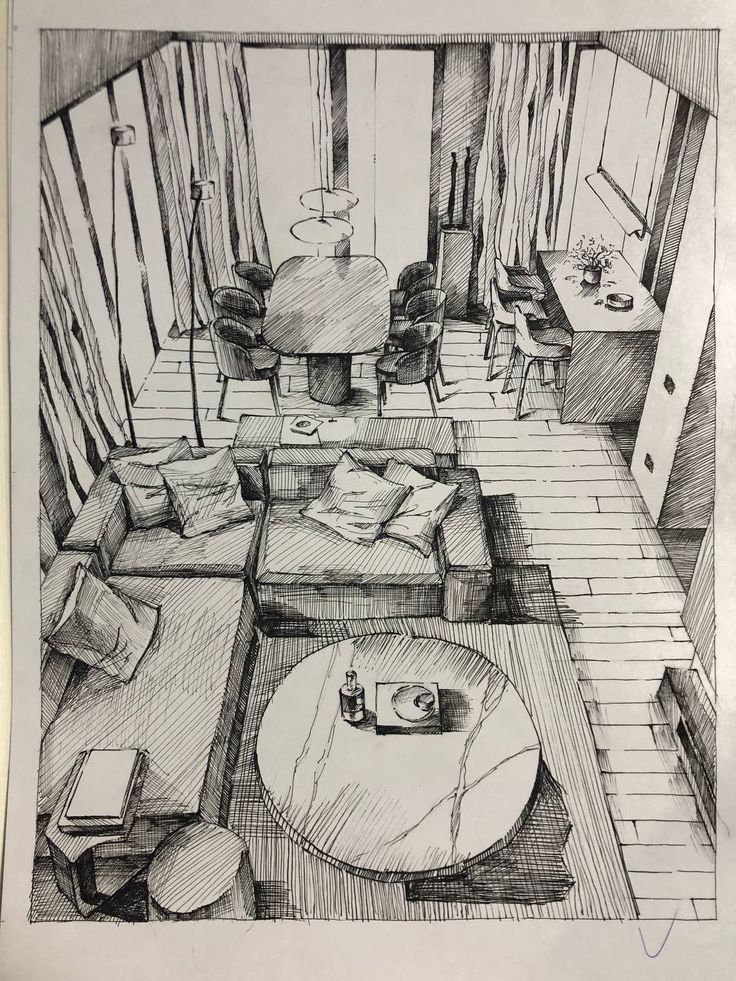
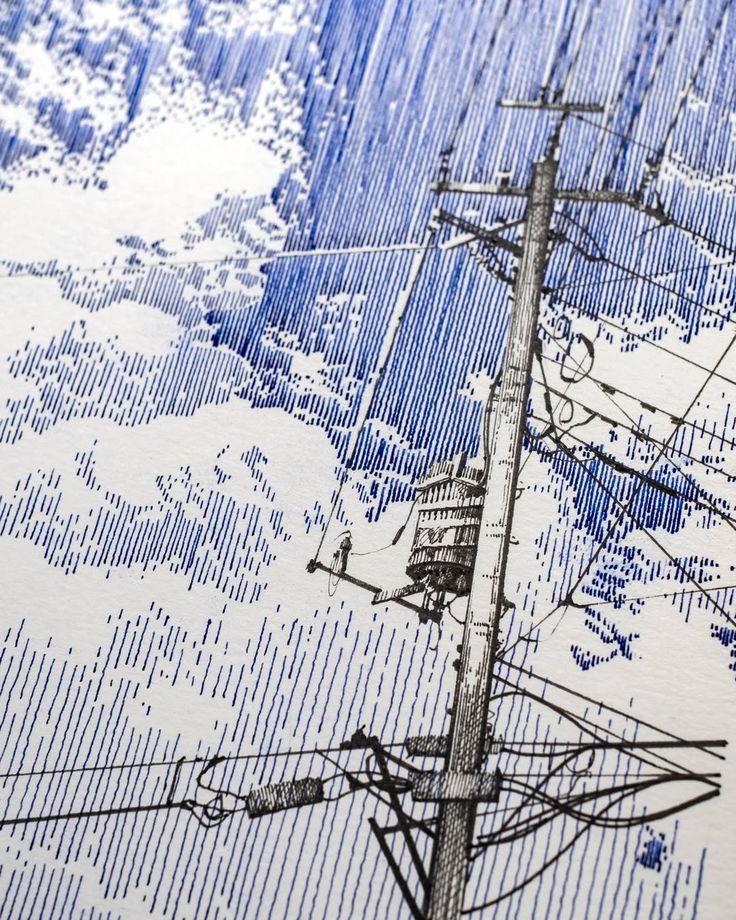
Inspiring Aesthetic Drawing Ideas
You can explore a variety of themes to express different moods and styles in your drawings. Whether you prefer natural scenes, character-focused sketches, or imaginative urban environments, choosing specific subjects helps create engaging aesthetic drawings that resonate.
Nature-Inspired Concepts
Nature offers endless inspiration for aesthetic drawing ideas. Focus on elements like mountains, floral wreaths, and cute animals to develop soft, peaceful visuals. Combining delicate line work with subtle shading highlights the natural beauty in your art.
Consider sketching a beach scene with gentle waves and seashells to evoke calm and serenity. You might also explore whimsical details such as butterflies or leafy branches to add charm. Use minimalism to emphasize the simplicity and quiet elegance of these subjects.
Character and Portrait Drawing Ideas
Character drawings allow you to capture personality through expressive faces and unique features. You can create cute aesthetic drawings by emphasizing large, shining eyes, gentle expressions, and soft hairstyles.
Try sketching anime-inspired characters or original portraits with subtle gradients and soft textures. Experiment with small details like sparkles or blush marks to add warmth. These approaches make your drawings feel alive and emotionally engaging while maintaining aesthetic appeal.
Urban and Dreamy Landscapes
Urban and dreamy landscapes blend reality with imagination in your aesthetic drawings. Depicting cityscapes with softly glowing lights or misty streets creates a mysterious, calming vibe.
Try mixing architectural elements with dream-like features such as floating clouds or ethereal sparkles. This style suits those who want to balance structure with fantasy. You can also add elements like cozy cafes or lampposts to make your scenes inviting and full of quiet stories.

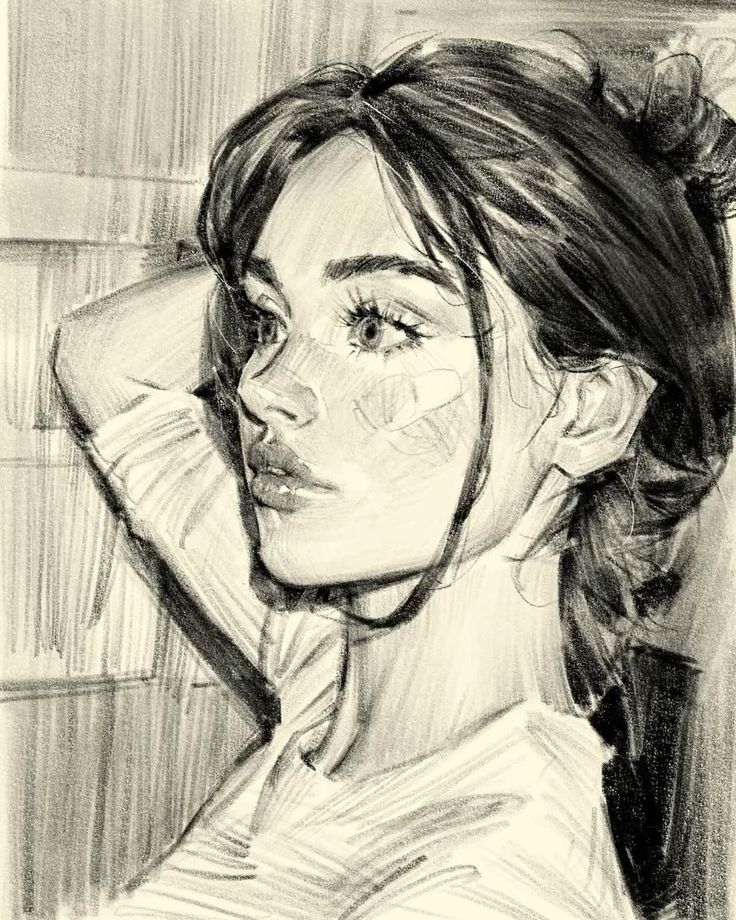
Popular Motifs and Aesthetic Elements
You can enhance your drawings by focusing on specific motifs and elements that create distinctive moods. Paying attention to detail and composition helps these themes come alive, whether through natural forms, imaginative scenes, or simple, everyday visuals.
Botanical and Floral Designs
Drawing flowers like roses, sunflowers, and daisies adds natural beauty to your art. Focus on the shapes and layers of petals to capture each flower’s delicate structure. Incorporate elements like peacock feathers or butterflies to bring variety and texture to your botanical compositions.
Floral designs often use soft color palettes and careful shading. These details emphasize the organic feel and create a sense of depth. You can combine flowers with leaves or vines for balanced, harmonious arrangements that appeal visually and emotionally.
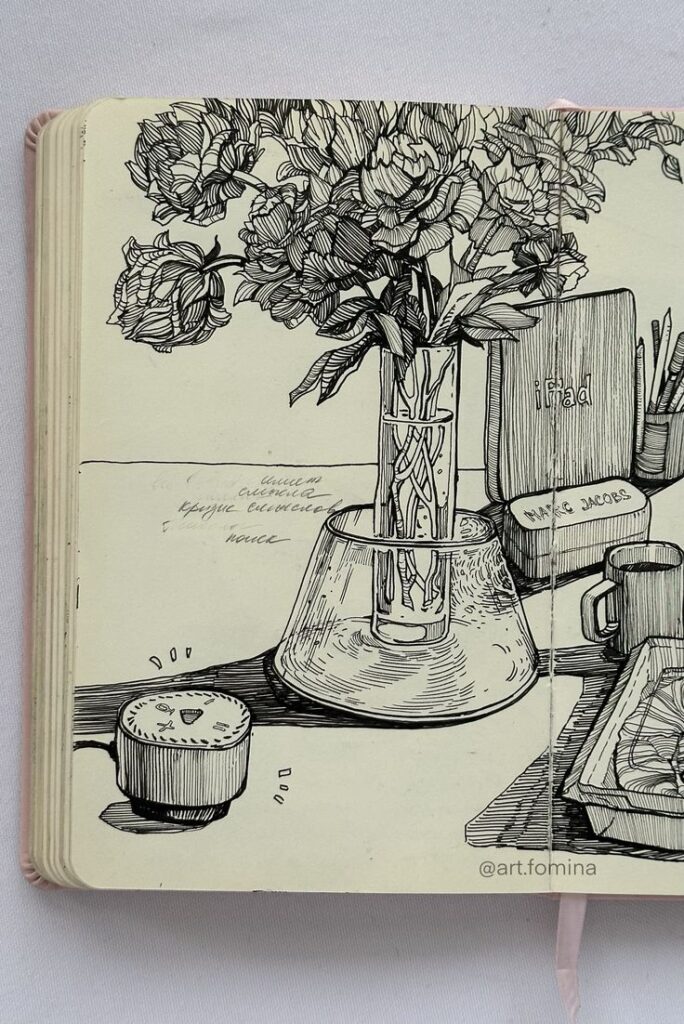
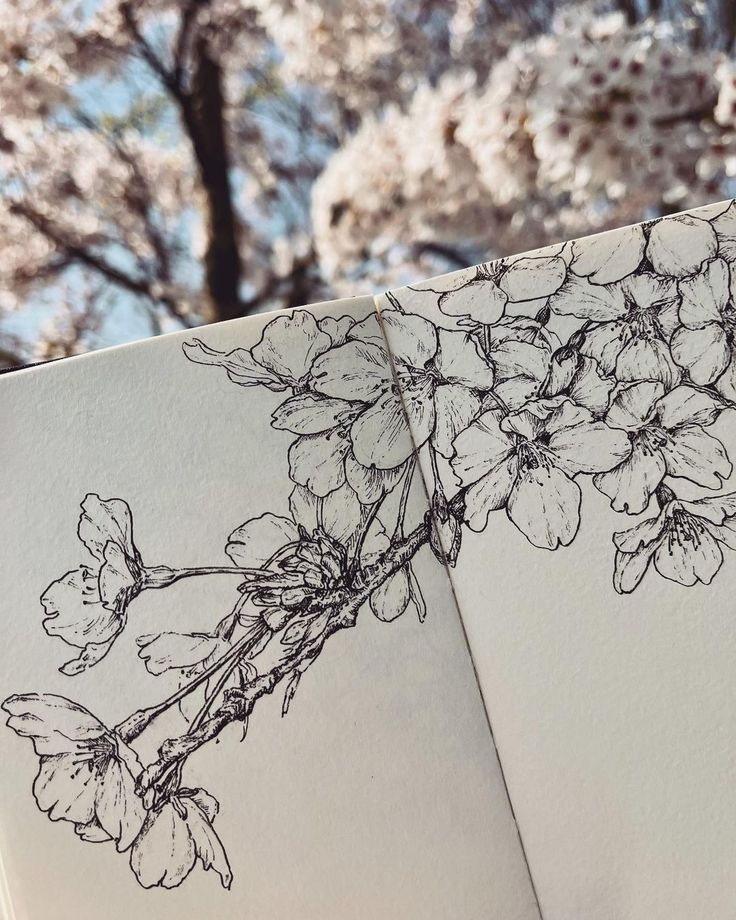
Whimsical and Fantasy Motifs
Whimsical characters such as cute bunnies, dragons, or anime girls introduce storytelling to your work. These elements lend a sense of playfulness or fantasy, letting you explore imaginative ideas beyond everyday reality.
Include fantastical settings like hot air balloons or magical forests to build context. Focus on expressing personality through lively poses and distinctive features. Using vibrant colors alongside detailed line work strengthens the charm and appeal of your fantasy motifs.
Minimalist and Everyday Scenes
Minimalist drawings celebrate simplicity by focusing on clean lines and basic shapes. Tiny houses or simple home scenes work well here, emphasizing form without excess detail. Your use of limited color and empty space creates calm and clarity.
Everyday objects can become aesthetic elements when arranged thoughtfully. This might include a small house silhouette or softly sketched florals as subtle background touches. The key is balance and restraint to maintain visual interest without clutter.
Aesthetic Art Projects and Applications
You can enhance everyday items and personal projects by integrating simple, expressive drawings that emphasize minimalism and emotional resonance. Incorporating easy design elements like animals, objects, or playful sketches can add charm and individuality to your work.
DIY Sketchbooks and Bullet Journals
Using aesthetic drawings in your bullet journal or sketchbook turns organization into creative expression. You can decorate pages with easy aesthetic doodle ideas such as cartoon characters, cups of coffee, or cute animals to keep your layouts visually interesting.
Focus on small, repeatable motifs—like marshmallows, fire symbols, or cameras—to add personality without cluttering your pages. Emphasize balance by combining simple line work with modest shading to maintain clarity. Your bullet journal becomes both functional and inspiring.
Decorative Illustrations and Gifts
Creating artworks as gifts or decorations from aesthetic drawing principles highlights thoughtful details. Drawings of adorable animals or popular objects, such as coffee cups or cameras, make for approachable designs that resonate emotionally.
Use selective detail to keep your illustrations clean and appealing, avoiding overcomplication. These drawings can be transferred onto fabrics, cards, or wall art to personalize gifts. Incorporating elements like fire or cartoon characters broadens your design scope without overwhelming the piece.
Easy Aesthetic Doodles for Beginners
Starting with simple, expressive outlines is key to mastering easy aesthetic drawings. Begin by sketching familiar objects like cups of coffee, small flames, or charming animals to develop your confidence.
Avoid excessive detail, focusing instead on proportion and clean lines for a balanced look. Practice combining minimal shapes to create appealing compositions. These drawings can be used individually or combined in journals, gifts, or creative projects.
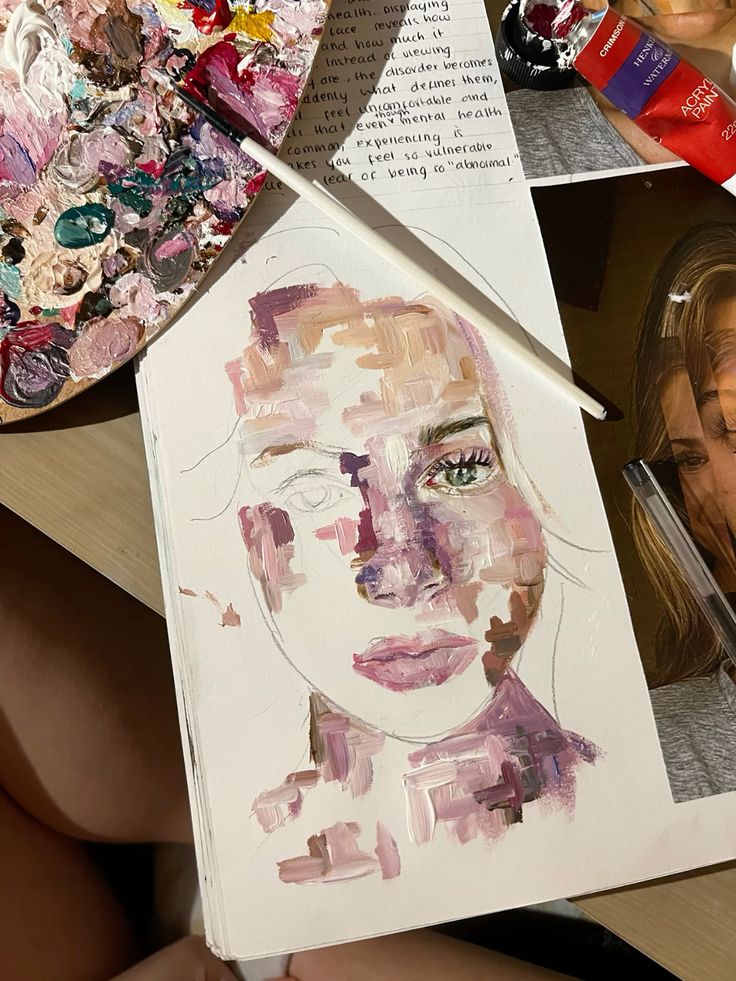
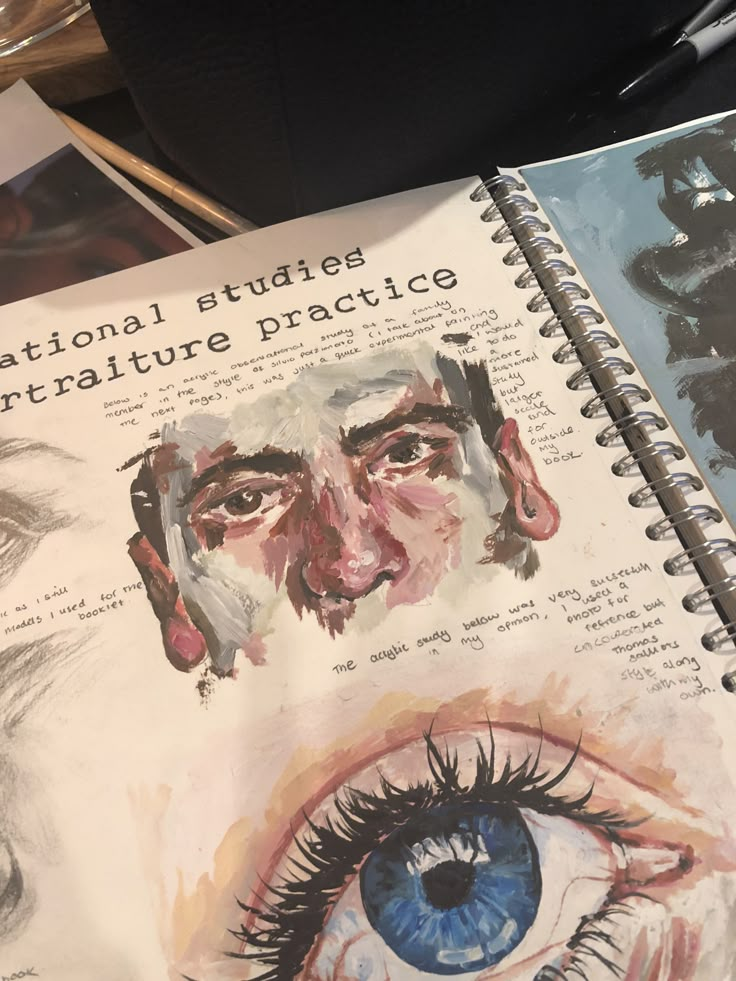
Exploring Creative Expression in Aesthetic Drawing
Creative expression in aesthetic drawing involves developing a unique style and balancing realistic details with imaginative elements. You can personalize your art by focusing on the features that resonate with you and skillfully blending real-world observation with fantasy.
Personalizing Your Art Style
To make your drawing truly aesthetic, start by emphasizing details that express your vision. For example, when drawing portraits, focus on characteristics like the shape of the nose or ears to capture personality. You can mix influences—maybe an anime girl drawing with delicate heart-shaped eyes or a soft crescent moon background.
Consider incorporating familiar motifs such as palm trees or a tiger, adapting them to your style. Experimenting with line weight, shading, and color palettes can further define your visual language. Remember, aesthetic art values the emotional tone conveyed through design rather than strict realism.
Blending Realism and Imagination
Balancing realism and imagination allows your drawings to feel grounded yet inspiring. You might draw a bear or a cat with natural textures while placing it in a fairy forest under a sun and moon sky. This mix enhances storytelling through visuals.
Focus on key realistic elements—like the sharpness of a tiger’s stripes or the soft fur on a bear—then add imaginative touches, such as floating beach balls or surreal lighting. This approach helps create engaging still life or dynamic compositions that capture attention without losing authenticity.
- 3.0Kshares
- Facebook0
- Pinterest3.0K
- Twitter0

